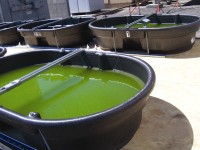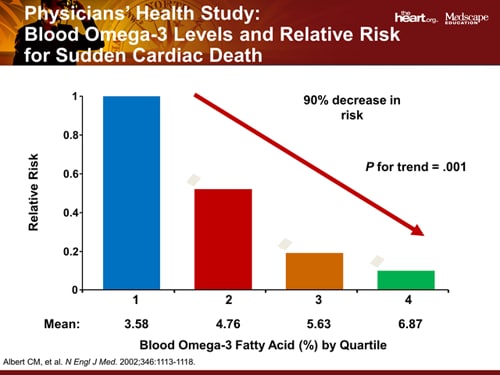Probiotics
 Friday, April 30, 2010 at 9:22PM
Friday, April 30, 2010 at 9:22PM Probiotics are bacteria and yeasts living in the canals of our bodies that play a synergistic beneficial role in health. Consumer facts, Professional facts And from the NCCIH facts
It is only within the last few years that this relationship has blossomed in understanding and appreciation from new scientific research. Before that time, it was mainly health stores that sold acidophilus, which at first were just the ones used to culture milk into yogurt. Although after the yogurt was made, the bacteria was inactivated by heating the yogurt. Now, some yogurts are not heated or have live cultures added and this is promoted as a health benefit. The bacteria are still alive, but even dead bacteria have some value.
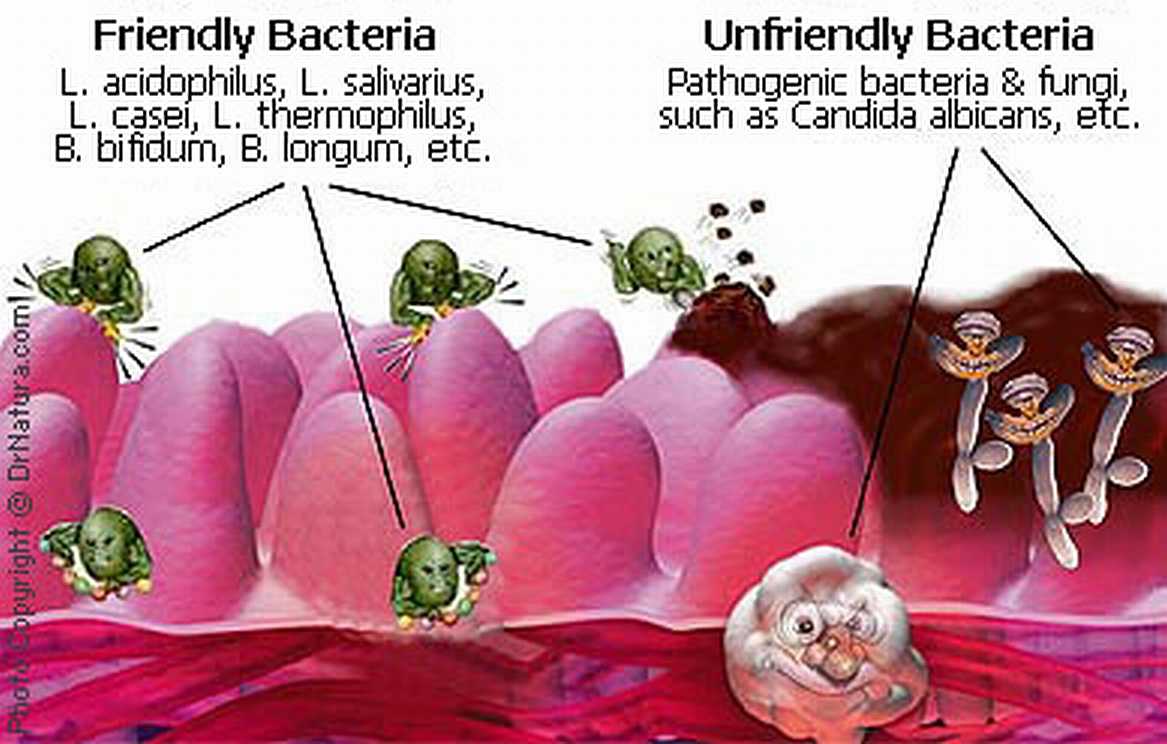
Living in our intestinal tracts, there are many different varieties and hundreds of strains for bacteria and a few different yeasts. These form our indigenous (bacterial) culture that develops as we are born, or at least within a few months if the birth was caesarian. Young children need to get dirty as this is how they develop this miraculous symbiotic relationship with bacteria that protects them their whole life.
After the hundreds of beneficial strains along with a few potentially hazardous ones are established as our own, a good diet plays a significant role in feeding and maintaining proper conditions to allow the beneficial bacteria and yeasts to dominate and hold the unfriendly ones in check. A poor diet allows the unfriendly ones to grow into large enough numbers to cause mischief in the digestive tract, which later can manifest into other body diseases.
PURPOSE OF INTESTINAL FLORA or BACTERIA
The health of the body is related to the proper mix of intestinal bacteria, called the microbiotia. Probiotic supplements include those bacteria that have shown to be beneficial by increasing the natural bacteria mix. The natural mix maintains a proper pH in the intestinal tract to max digestion, absorption, and assimilation processes. Certain bacteria help digest dietary nutrients and deactivate potential harmful ones. Plus, they maintain tight cell junctions to prevent intestinal leakage of pathogenic or undigested elements attempting to enter the body. These are sources of allergy processes and may propagate disease. Antibiotics destroy both pathogenic as well as beneficial bacteria and probiotics help reestablish the proper bacteria mix.
PROBIOTIC LABELS
Buy and use only products with a proper identification code of the strain for each bacteria. These are the only products with verified scientific testing. In the ingredients BOX, the genius will be listed, such as Lactobacilius, plus also the species, Acidophilus, and then a strain identification code (ex: La-14, RO052, or NCFM) should also be attached.
DO NOT BUY PROBIOTICS WITHOUT A STRAIN CODE LISTED.
That code is your assurance that the strain is the same one that was scientifically tested and found effective. Companies that leave off this vital fact either don't really understand probiotics or may have something to hide. Not mentioning strain codes claiming proprietary protection hides any scientific research connections for product. This limits product ingredient credibility since any competing company could use a Lab test to analyse for strain codes. Thus, the proprietary claim really is just a marketing ploy and only functions to hide quality from the consumer. Not listing the Bacteria strain code leaves the company open to changing sources and strains anytime. Scientists give bacteria a strain code for identification in research testing to make sure the same exact strain is re-tested for comparison in future work. These coded bacteria are registered with an International agency. ref ref
SIDEBAR: Even if a strain has a documented code, it may not be effective for all probiotic functions. They have to be tested for each health condition and appropriately used. If there is no code, the effectiveness against any condition is unknown because Scientists only test coded strains. ref
Probiotic Scientists test different strains of each bacteria and give the strain that shows the most effectiveness a code name or number. This code name is your assurance that it has been tested and found effective. If no code is listed, the Brand is free to substitute any genius species of same name from any supplier whether or not it has been tested. You will not have any assurances that the bacteria is effective. Honest Brands will always list the strains code name. Research scientists would never consider using a non coded strain for research, why should you? This important reference tested 121 coded strains of Lactobacilus Plantarum from both dairy and plant sources and many L. Reuteri sources and strains to see if any were antibiotic resistant. They did not all exhibit the same level of benefits. See pages 42-50. This reference has a good description of the health problems with the over use of antibiotics in humans and feed animals starting page 13.
SAFETY OF PROBIOTIC BACTERIA
Please read this reference on safety of using probiotics. In very sick individuals, a study showed increased mortality in probiotic group. Measurements revealed the intestinal tract linings were compromised. HIGHER DOSAGES ARE NOT NECESSARILY BETTER. One test showed a 20 % reduction in number of colds at 1 billion versus only a 10% reduction at 10 billion. ONLY use documented strains that list an identification code after the name. This is your assurance the strain has been tested and found effective.
A recent development by some Companies offers numerous bacteria strains together, as many as 35. In the past 8-10 was limit. Some bacteria conflict with other bacteria. The lower number strains could test for any reactions and adjust dosages of each strain. These new increased strain number products probably have little testing for any interactions and represent a marketing story rather than a healthier product.
Examples of probiotic labels: First a not recommended label. Notice no strain codes or potency listed. A newer product label with 410 mg blend just below gives potency but still no codes. Also, listing probiotics as a blend does not give amounts for each bacteria type. Since the ingredients are listed in the order of amounts contained, the 2 foods probably make up the majority of the 610 mg blend. Probiotics are very small.
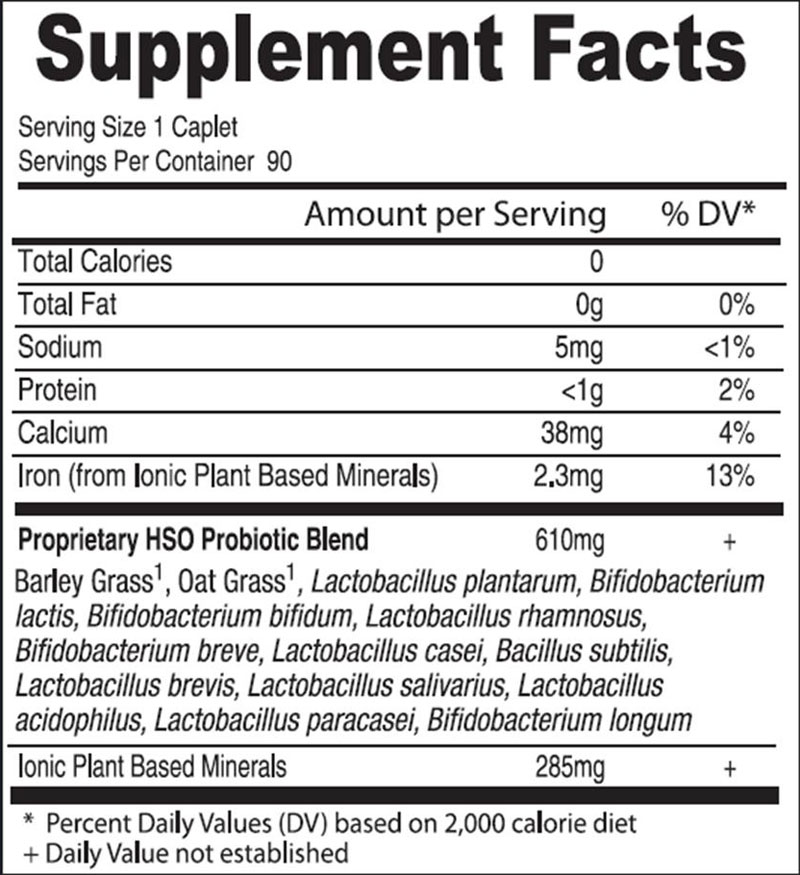
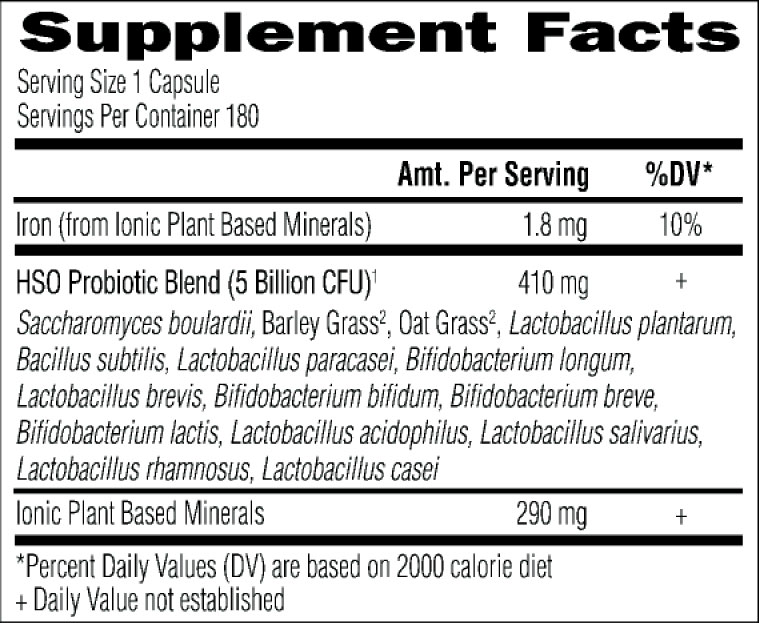
Next Example of a Proper label, listing what looks like codes for the difference strains of bacteria and the potency of each. The next label represents a different approach. A legit probiotic company puts a code with all the same letters but different numbers that refers back to the original codes that are registered. So not sure why the original codes are not used. Have to watch out here as some companies make up their own system to look like codes but without links back to an International Probiotics registry code: ref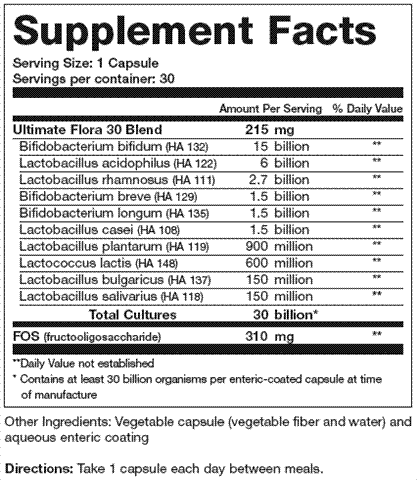
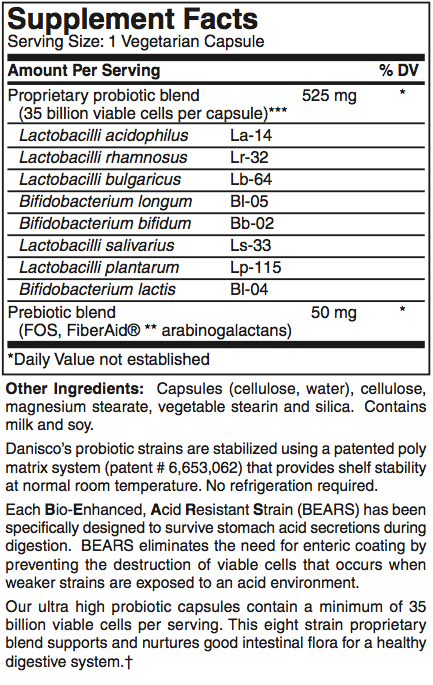
The problem with Companies using their own codes is that most customers cannot tell from the label if the codes are real. Plus it is difficult to comprehend why original codes would not be used since listing of these registered codes implies free support for scientific verification and validation. Even between registered and scientific studied bacteria codes there are differences which give extra value to one over the other depending upon the situation.
Another point not immediately noticeable between the proper and not recommended product labels concerns food elements added with probiotics. This dramatically increases the potential for moisture compromises and interactions between the food elements and probiotic bacteria. When food is added with probiotics, stability often suffers.
On the left is another correct label example that lists codes but not amounts plus also talks about a special matrix that protects non-refrigerated bacteria. Most aware companies use various techniques to keep the bacteria protected until it reaches the small intestinal tract. Danisco, owned by Dupont, is a rather large probiotic company supplying many food culture ingredients.
Two other probiotic companies used by vitamin companies, Institut Rosell and Chr Hansen
HOW PROBIOTIC SUPPLEMENTS WORK
There is quite a bit of "iffy" information in the marketplace on this aspect. ref
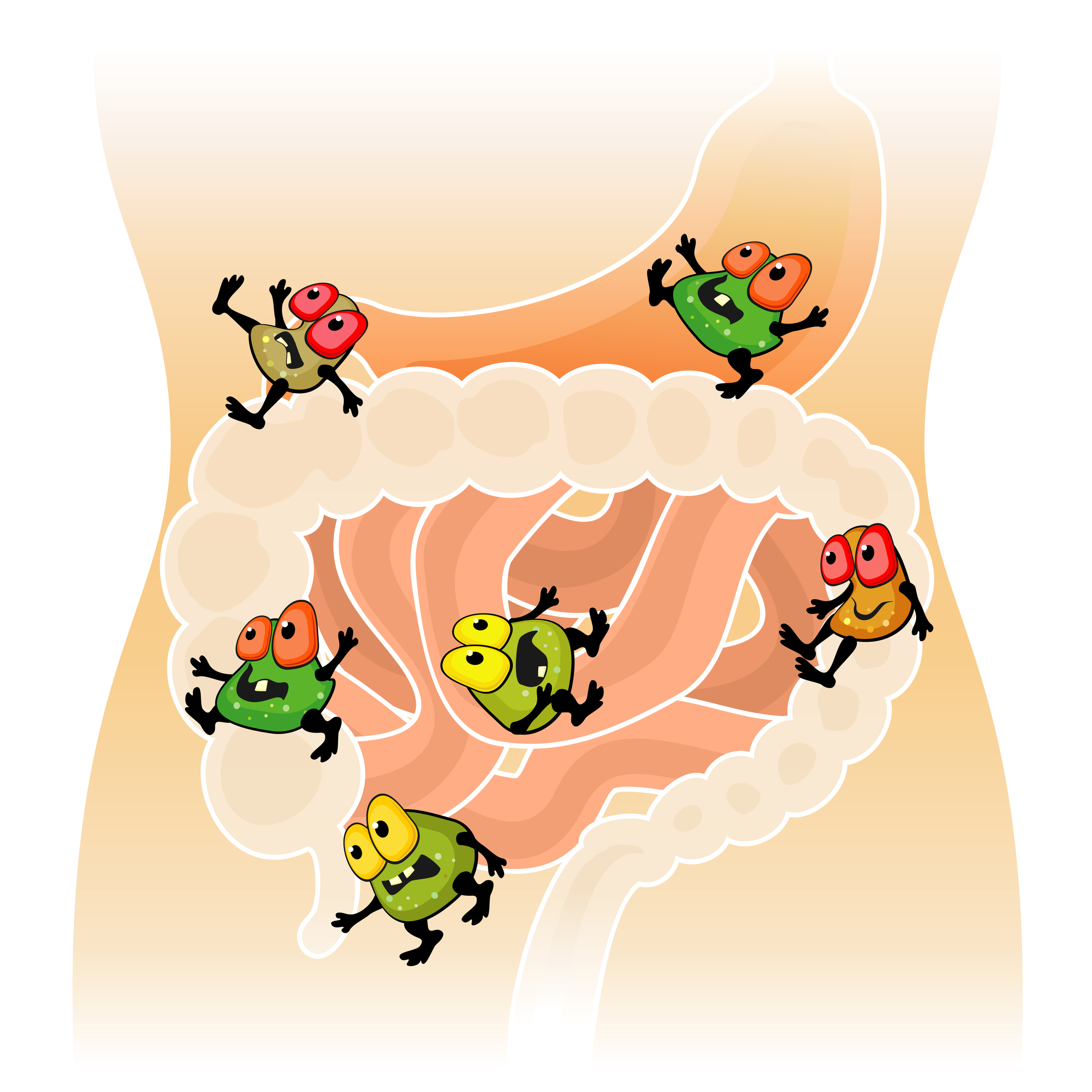
A search of "Probiotic" company literature reveals very little real knowledge. Renew Life's first Blog on "How to buy quality" first talks about potency as "CFU" or colony forming units. !5 billion or more is given as needing to influence the body. Funny, some research shows for certain strains, 1 billion works better than 10 billion. Could there be effective factors for some code strains over others that are in play and more important than just raw CFU amounts?
In addition to the Caution below, taking large amounts of probiotics could also influence and increase urine pH, the acid level of urine. Too high acid or too low alkaline urine both can have adverse effects. The high dosages offered are meant to be taken for short periods of time, like 7 days. Dosage should not be your only criteria for picking quality probiotics. Get ones with a strain code listed after bacteria name and check for studies proving effectiveness. Here is one example and another for GR-1 here.
Breast Cancer and Bacteria mix
There is growing interest at looking into the mix of bacteria strains in breast cancer cases compared to non-cancer controls looking at breast tissue. The research is showing definite changes. ref ref Watch for more soon.
Probiotics and Colon Cancer from new research ref
PROBIOTIC OVERLOAD?
There is a condition called SIBO, small intestinal bacterial overload, where TOO MUCH of certain bacteria are growing in the intestinal tract. Sometimes this takes the form of colon type bacteria remaining or backing up into the small intestines for too long. This condition has been associated with IBS, Irritable bowel syndrome. This is why antibiotics help reduce symptoms while the return growth of bacteria increases symptoms. And of course, constipation does not help. If you have any gastric or intestinal problems, PLEASE be cautious taking the many higher potency probiotics that have emerged in the marketplace lately. Extremely high dosages should only be used for a short period of time until more on what causes SIBO, small intestinal bacterial overgrowth, is discovered. At the very least, start slowly and watch body signs for adverse reactions. ref
One cause for SIBO appears to be the overuse of antacids. Many antacids are simply calcium carbonate. This form is found in many calcium supplements including the new plant source, Red Algae. Calcium carbonate neutralizes stomach acid. The problem of SIBO develops when the lower acid amount with food gets dumped into the small intestinal tract and quickly increases pH allowing bacteria to start multiplying sooner than they usually would. This extra growing time allows for too much bacterial growth before entering the large colon, especially if chronic constipation is an issue. Foods in the diet can also influence and change the type of bacteria that grows. ref
The question still to be answered; Do the new higher mega potency probiotics influence SIBO positively or adversely?
Another way SIBO can occur is from colon bacteria backing up into the small intestinal. This movement direction is not a normal occurrence and is similar to stomach acid splashing back into the throat when the normal muscles surrounding the opening spasm.
INTESTINAL BATTLES
The 400 or more different strains of bacteria living in the average intestinal tract quickly learned or adapted to life together by about 6 months of age. A dominant hierarchy was established to control this many different strains. As long as the few dominate strains remain in control, everything works to maintain health. ref
If another strain intrudes and grows enough in numbers, a war breaks out, like in IBS. Scientists have found some non-native similar bacteria types that exhibit the ability to aid the re-establishment of the native bacteria. These bacteria do not stay in the intestinal tract very long. They are like relatives, accepted and welcomed for short periods of time.
A major issue of concern over which types of bacteria are better suited for each specific disease is being researched. Not all strains, even ones with the same name, are equal in functions. This takes research to discover. Some bacteria types simple do not work while others are very effective. And some work at low dosages while others need higher amounts.
Not very many probiotic companies list a strain code for their bacteria source. Can you imagine a Lexus car dealer not putting up a Lexus sign on the dealership building or on their cars? The strain code is assurance the strain has been tested and found effective for a desired probiotic function. Chief among these are first not to war against existing native bacteria.
SPORE-FORMING BACTERIA (CAUTION)
There are some companies that use a different strain of bacteria that is NOT native to the human intestinal tract called Bacillus. It may sometimes be found in human feces since it arrives in dirt on food. But it does not belong in humans. Bacillus are needed in soil to help plants grow. ref This type of bacteria was the major pilot nutrient for many Garden of life products. Today, there is only 1 soil organism left in GOL products. Let's see why?
They were and still are called soil organisms. But, there is one rather large unknown factor that might represent a negative aspect, they are the only bacteria type that produce spores. Spores are a form of the bacillus lifecycle that are literally indestructible. They can last in this state for thousands of years.
While not all spore-formers are dangerous, like anthrax, in the spore form they have the ability to enter into the body and many strains of bacillus have been found associated with different tissue and organ infectious diseases.* The native human bacteria of Lactobacillus and Bifidobacteria, and the yeast Saccharomyces Boulardii do not normally enter the body unles they enter through a cut in the skin or sore in the intestinal tract. Probiotic companies use Bacillus type bacteria because they are almost indestructible in the spore form and survive stomach acid to show greater number of bacteria counts.
*Bacillus bacteria are spore-formers. While B. Subtilis is considered not to be disease causing, like some of its relatives, it has been found at human infection sites. The primary concern over the use of B. Subtilis as a probiotic supplement, is not that it may cause disease, but rather that it may become resistant to anti-biotics and get out of control. Yes, Bacillus bacteria do stimulate the immune system, BUT this most likely is a defensive action and only a positive function if controlled. This could be an issue for immune compromised individuals. ref
HOW DIET CAN INFLUENCE BACTERIA
This is a very revealing story. It begins with cattle grazing on pasture grass and hay. The grass feeds very specific bacteria that dominate the cows many chambered stomachs and intestinal tract. This bacteria that likes grass builds healthful fatty acids that increase omega 3 and CLA content in milk and meat. BUT, an interesting twist happens when cows are in feedlots eating corn and other grains, a different type of bacteria becomes dominate that does not produce the same fatty acids and therefore there is less omega 3 fats and CLA in milk and meat from these cows. Quite a bit less. The cattle producers know this happens, and attempt to introduce grass for short periods to attempt to increase omega 3, and make the animals healthier. ref This process is called back-grounding. Beef that is mostly grass fed is a health food while corn grain feedlot fed cows produce junk food. It will not keep you healthy.


